
ТП (урок 6)
.pdf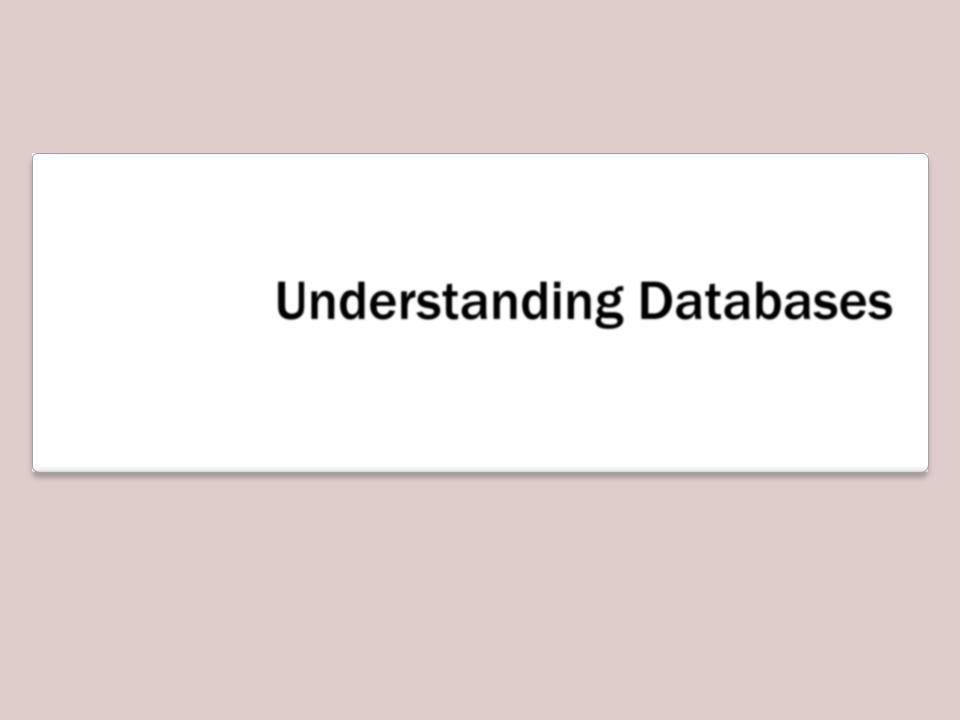
Understanding Databases
Lesson 6
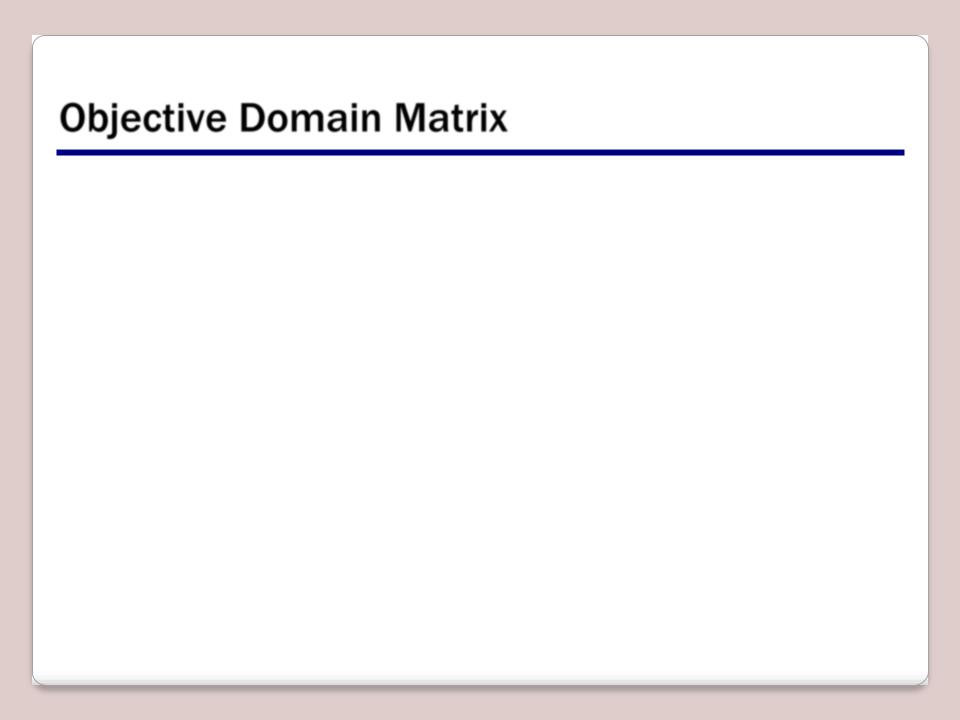
Objective Domain Matrix
Skills/Concepts |
MTA Exam Objectives |
|
|
Understanding Relational |
Understand relational database management |
Database Concepts |
systems (6.1) |
Understanding Database |
Understand database query methods (6.2) |
Query Methods |
|
|
|
Understanding Database |
Understand database connection methods (6.3) |
Connection Methods |
|

Data Anomalies
BookId |
BookName |
CategoryId |
CategoryName |
|
|
|
|
1 |
Cooking Light |
1001 |
Cooking |
2 |
Prophecy |
1002 |
Mystery & Thriller |
3 |
Shift |
1003 |
Business |
4 |
The Confession |
1002 |
Mystery & Thriller |
|
|
|
|
•Insert Anomaly
–You cannot insert new data because of unrelated dependency
•Delete Anomaly
–Deleting one piece of data causes unintended loss of other data
•Update Anomaly
–Updating a single data value requires multiple rows to be updated
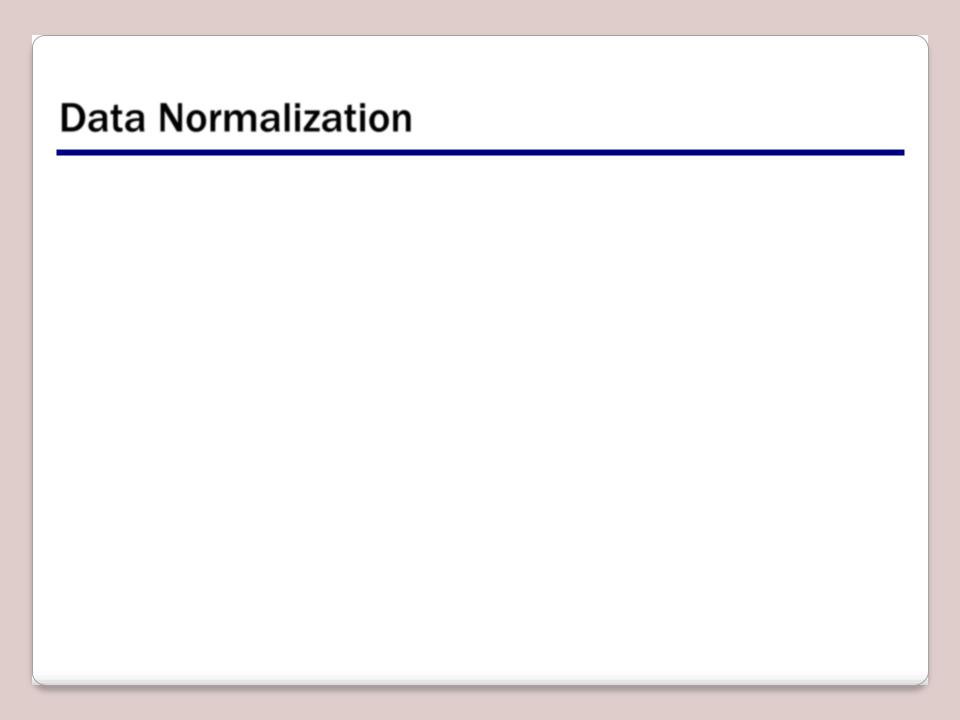
Data Normalization
•The process of data normalization ensures that a database design is free of any problems that could lead to loss of data integrity.
•This lesson discusses three normal forms
–First Normal Form
–Second Normal Form
–Third Normal Form
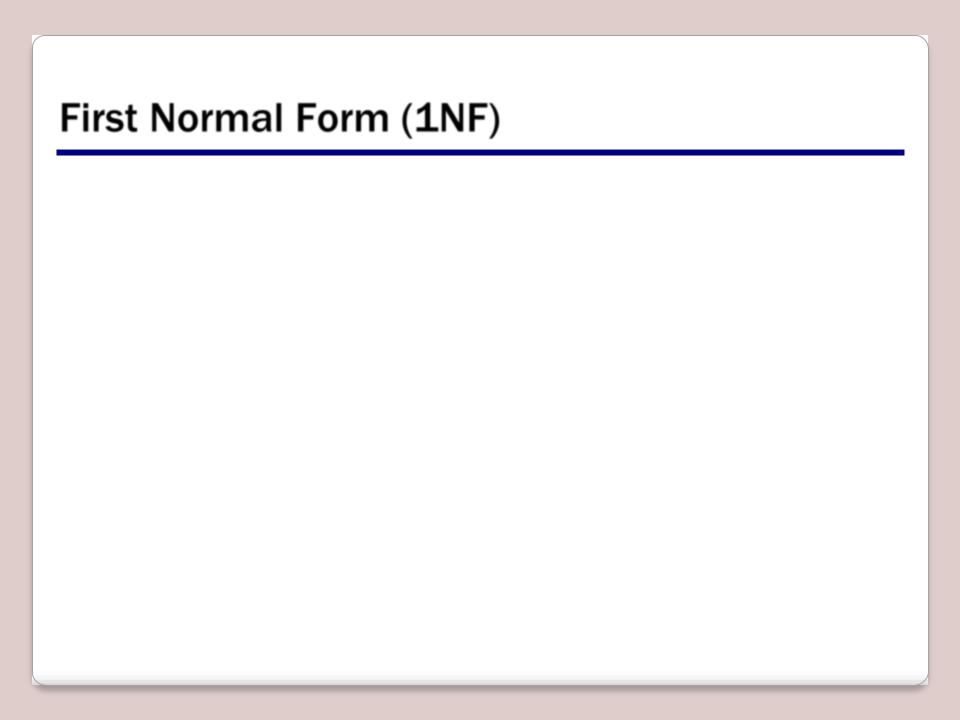
First Normal Form (1NF)
•In order for a table to be in the first normal form (1NF), none of the columns in the table should have multiple values in the same row of data.
•The following table is not in 1NF because the PhoneNumber column is storing multiple values
Id |
FirstName |
LastName |
PhoneNumber |
|
|
|
|
|
|
1 |
Jane |
Doe |
(503) |
555-6874 |
2 |
John |
Doe |
(509) |
555-7969, |
|
|
|
(509) |
555-7970 |
|
|
|
|
|
3. |
Howard |
Steel |
(604) |
555-3392, |
|
|
|
(604) |
555-3393 |
|
|
|
|
|
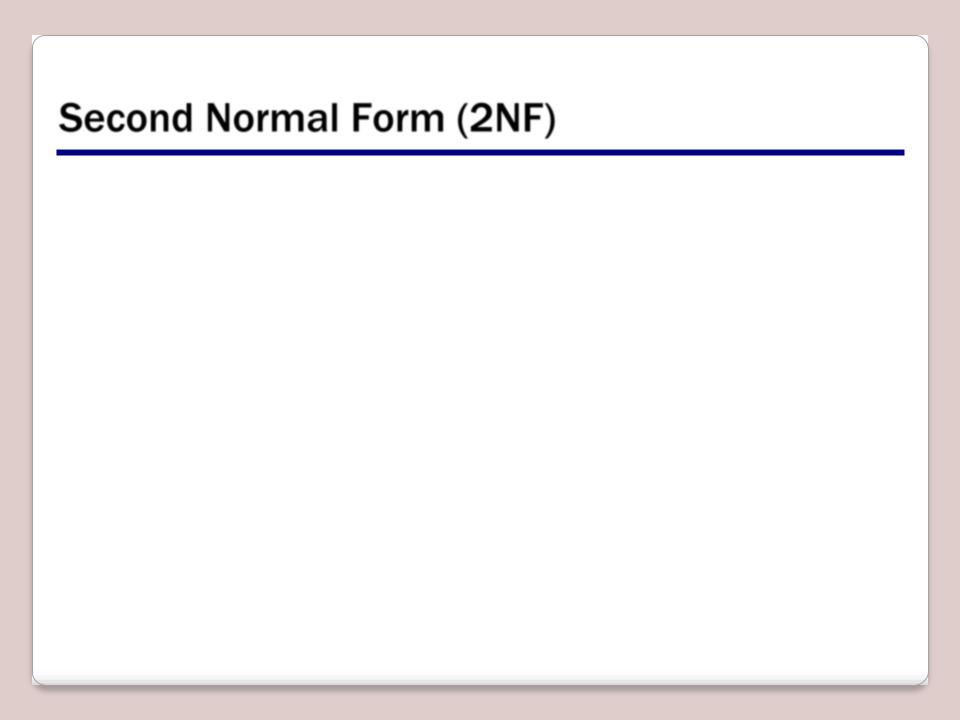
Second Normal Form (2NF)
•For a table to be in second normal form (2NF), it must first meet the requirements for 1NF.
•2NF also requires that all non-key columns are functionally dependent on the entire primary key.
•The following table violates the 2NF because the non-key columns are functionally dependent on only part of the
primary key.
OrderId |
CustomerId |
OrderDate |
CustomerName |
|
|
|
|
101 |
1 |
10/1/2010 |
Jane Doe |
102 |
2 |
10/5/2010 |
John Doe |
103 |
1 |
10/4/2010 |
Jane Doe |
|
|
|
|
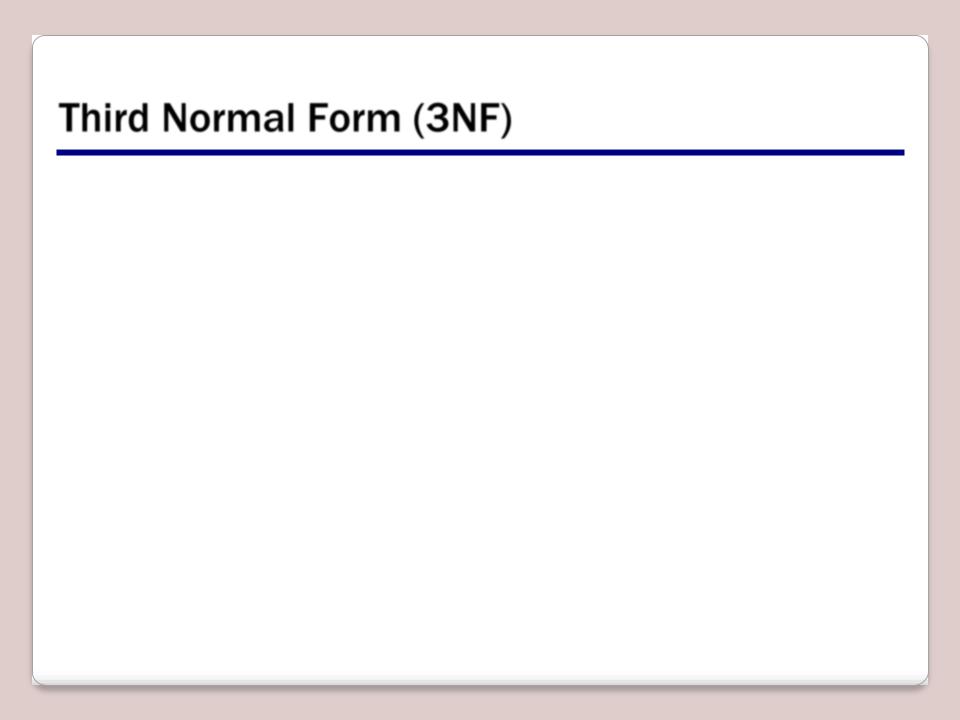
Third Normal Form (3NF)
•For a table to be in third normal form (3NF), it must first meet the requirements for 2NF.
•3NF also requires that that there is no functional dependency between non-key attributes.
•The following table violates the 3NF because the non-key columns are functionally dependent on only part of the
primary key.
ItemId |
SupplierId |
ReorderFax |
|
|
|
101 |
100 |
(514) 555-2955 |
102 |
11 |
(514) 555-9022 |
103 |
525 |
(313) 555-5735 |
|
|
|
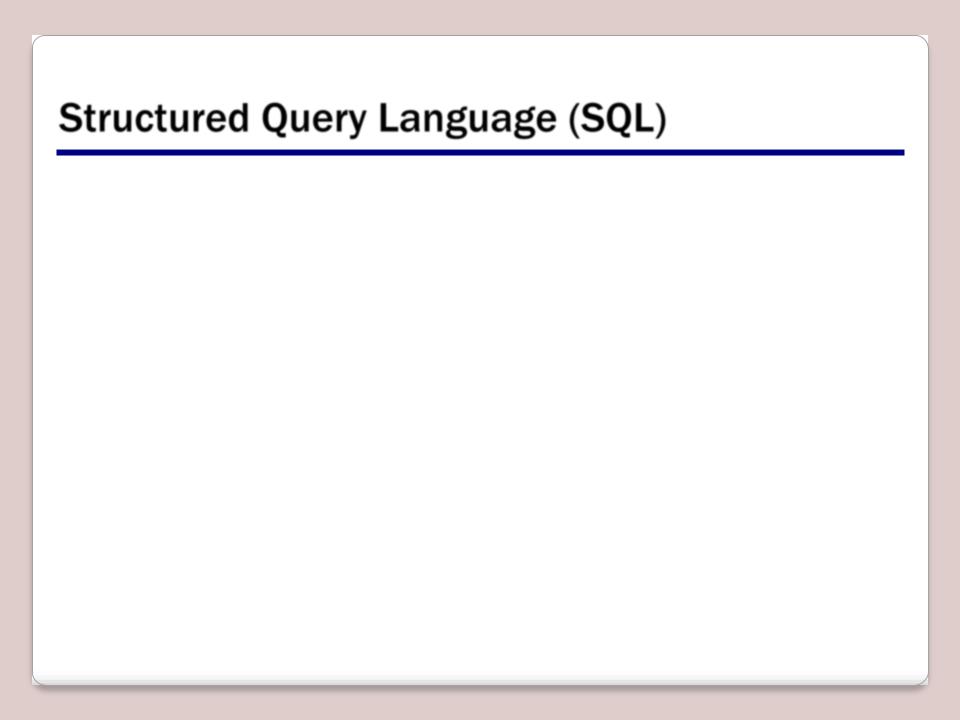
Structured Query Language (SQL)
•SQL is the language used by most database systems to manage the information in their databases.
•SQL is declarative in nature -- you tell the database what needs to done, and it’s the database’s job to figure out how to do it.
•There are two main ways to submit T-SQL to SQL Server:
–Ad-hoc SQL statements
–Stored procedures
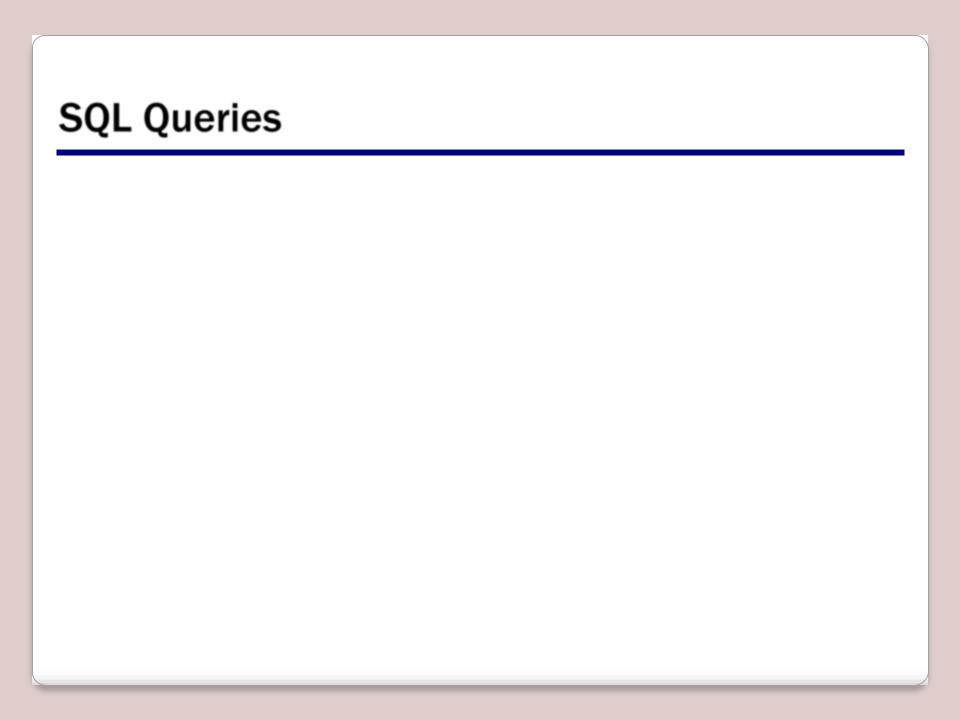
SQL Queries
•SELECT, INSERT, UPDATE, and DELETE statements are the four main types of SQL statements used to manipulate SQL Server data:
–SELECT statement: retrieves data
–INSERT statement: adds new data
–UPDATE statement: modifies data
–DELETE statement: deletes data
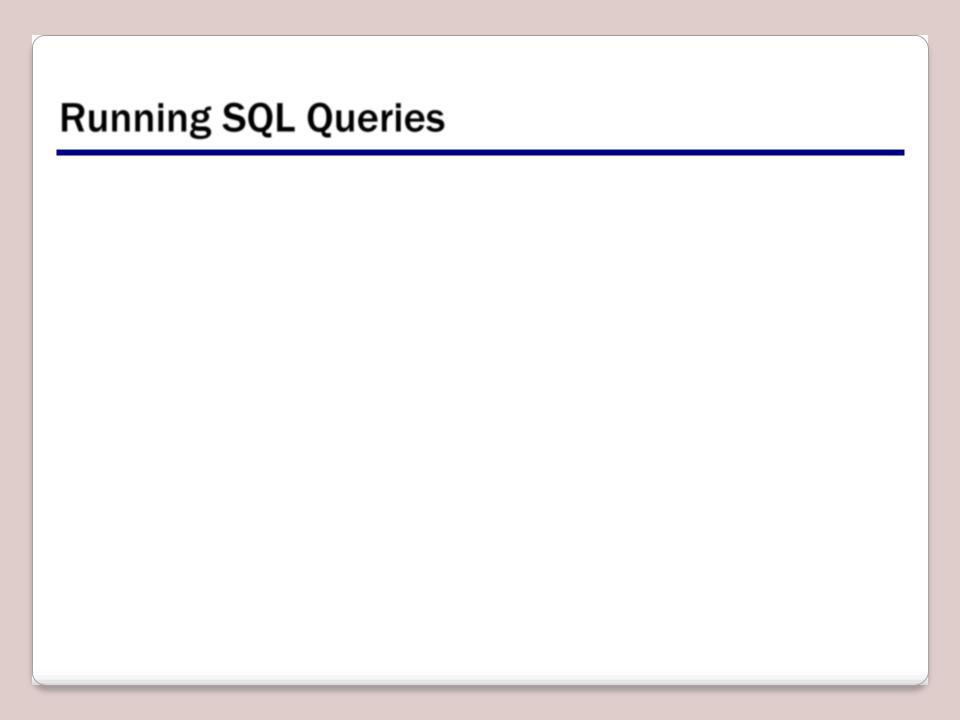
Running SQL Queries
•There are many way to communicate with SQL Server in order to run database queries:
–Visual Studio Integrated Development Environment
–C# application
–SQL Query Analyzer
–osql command prompt utility
